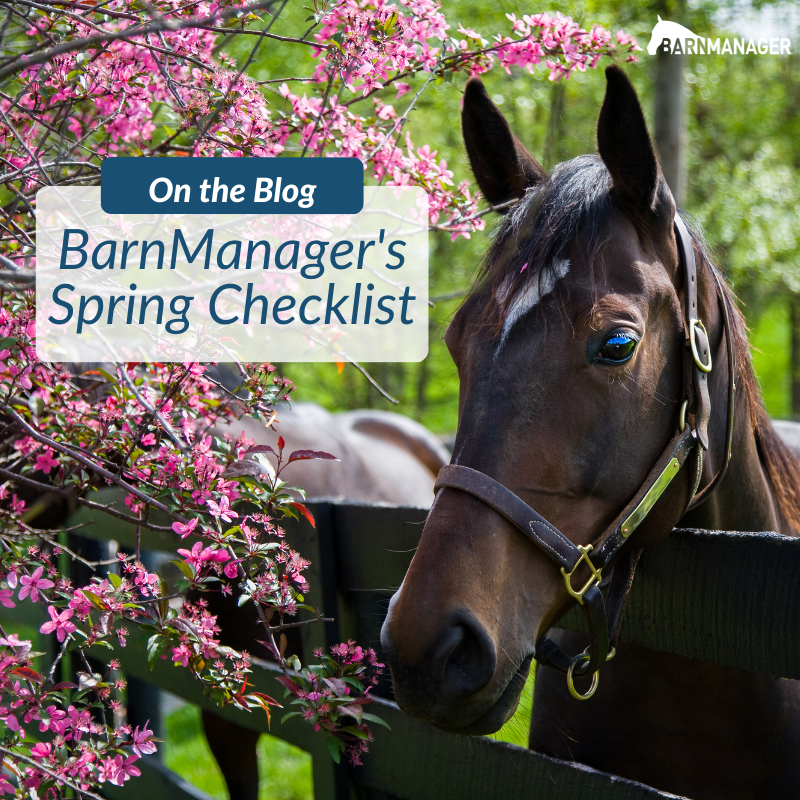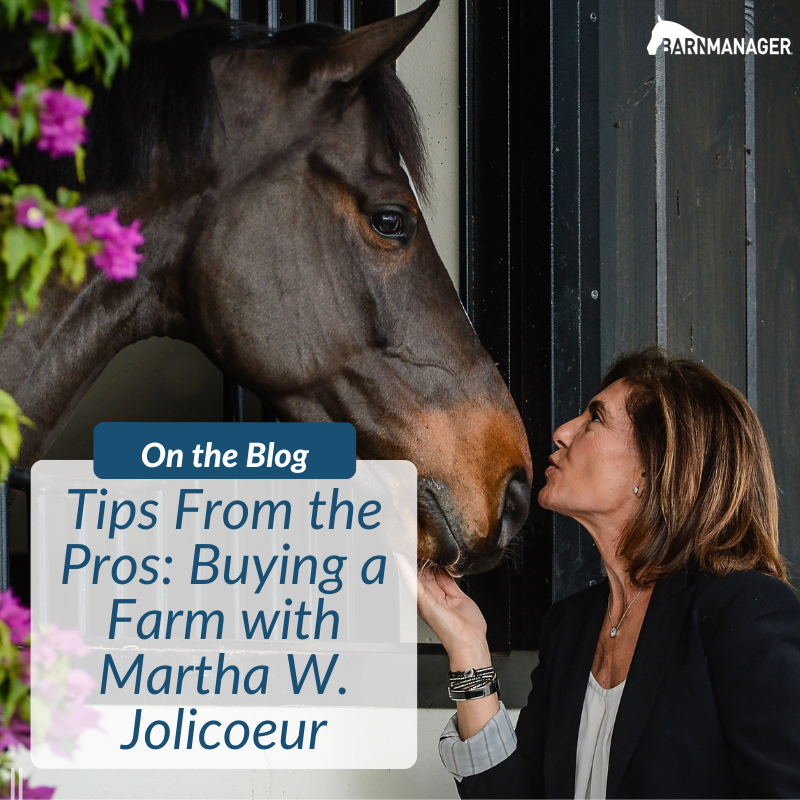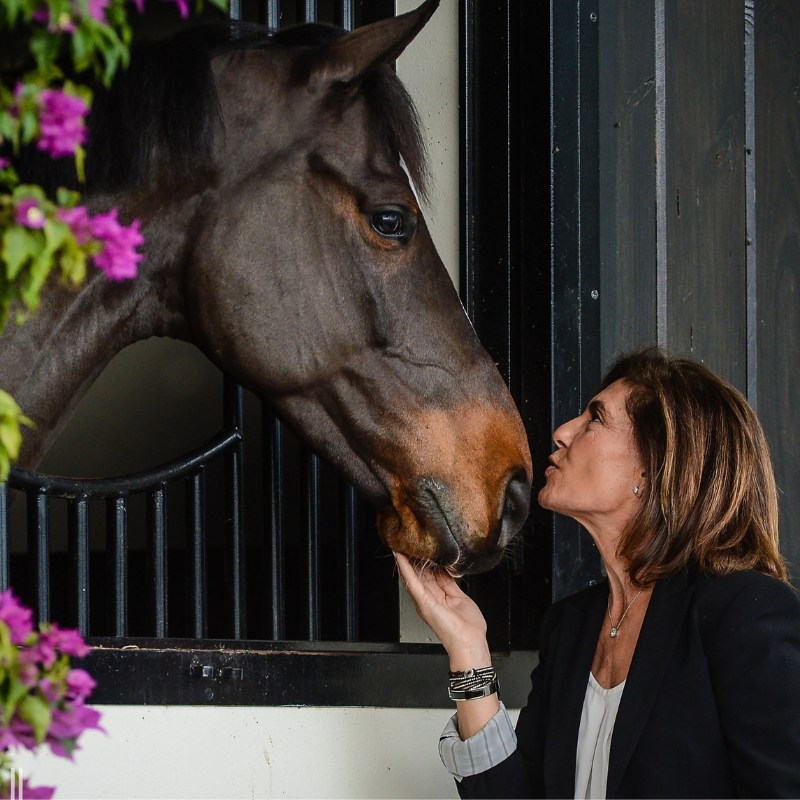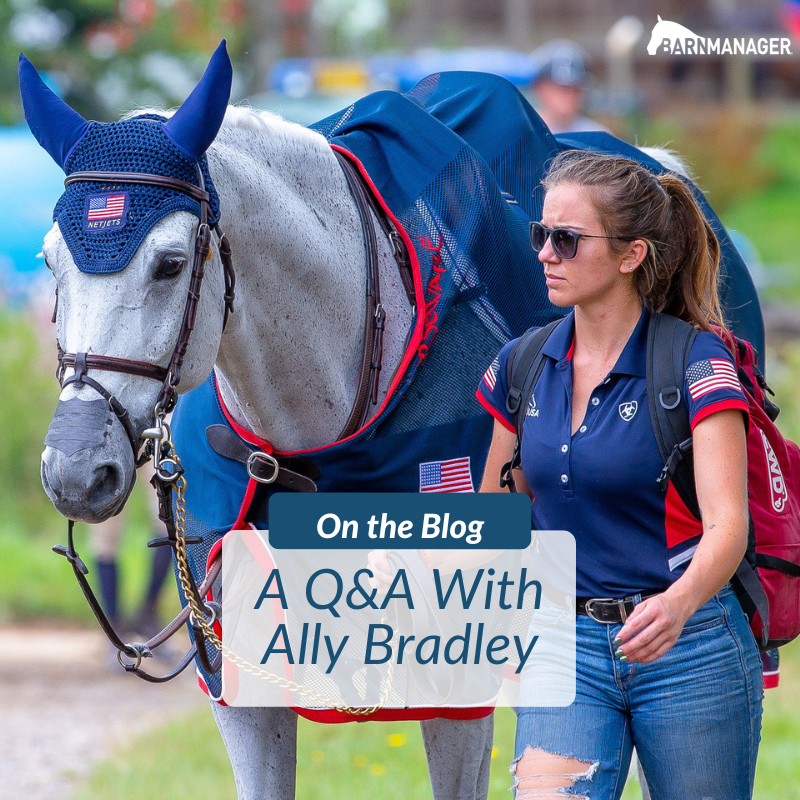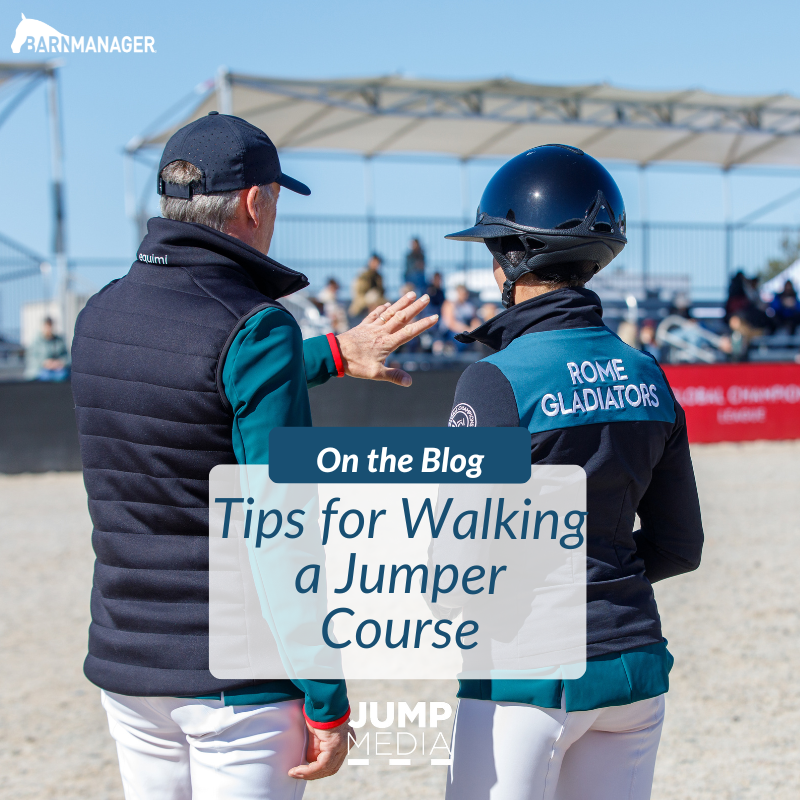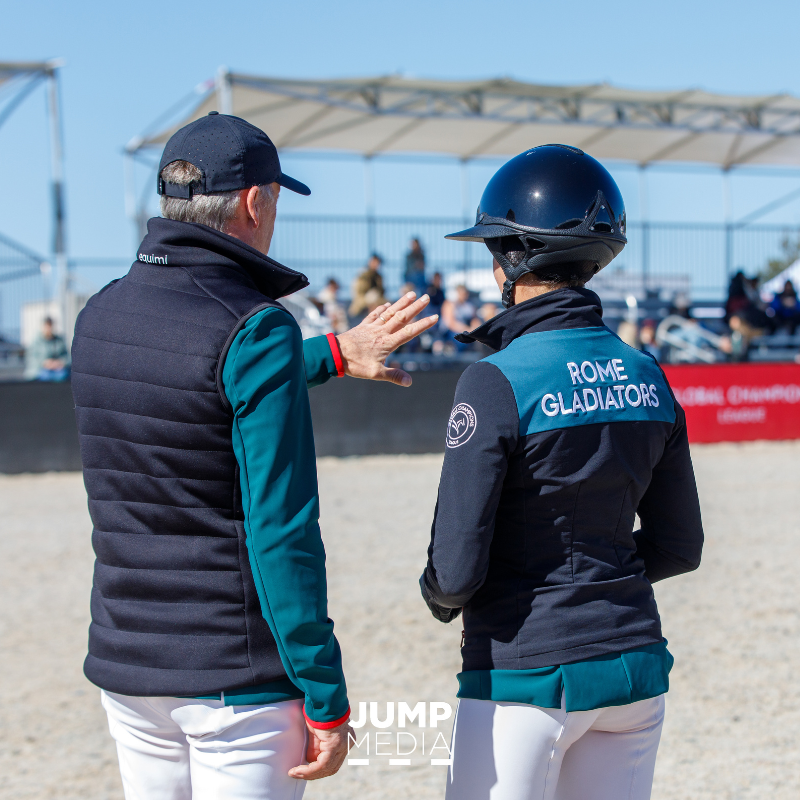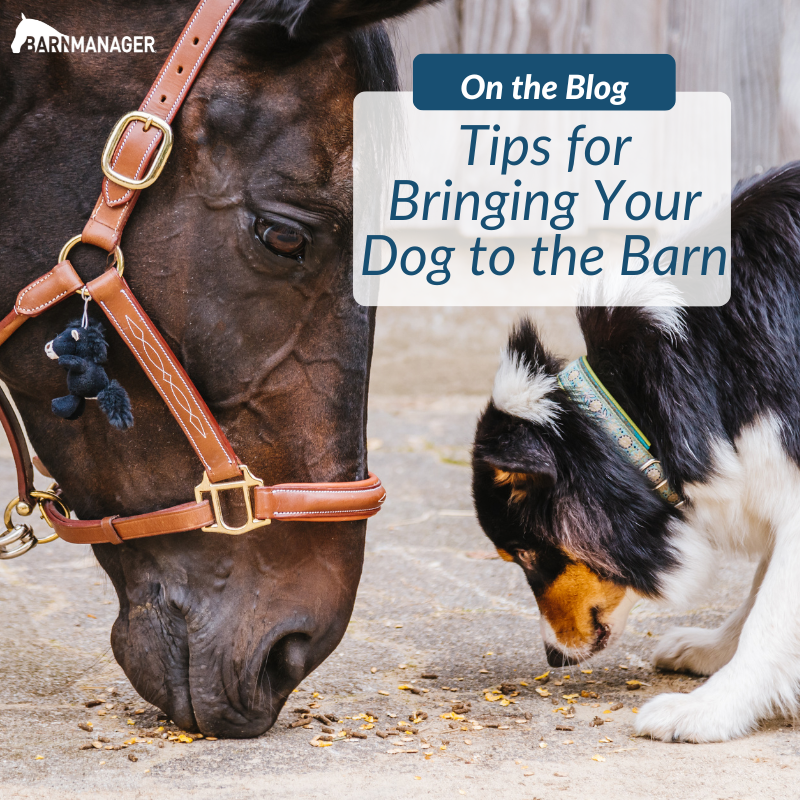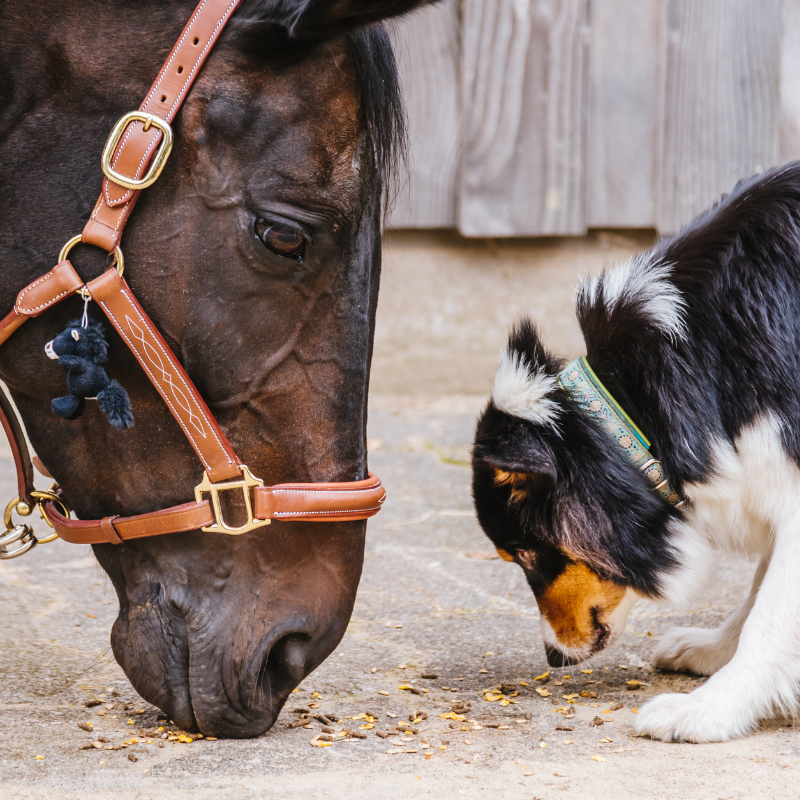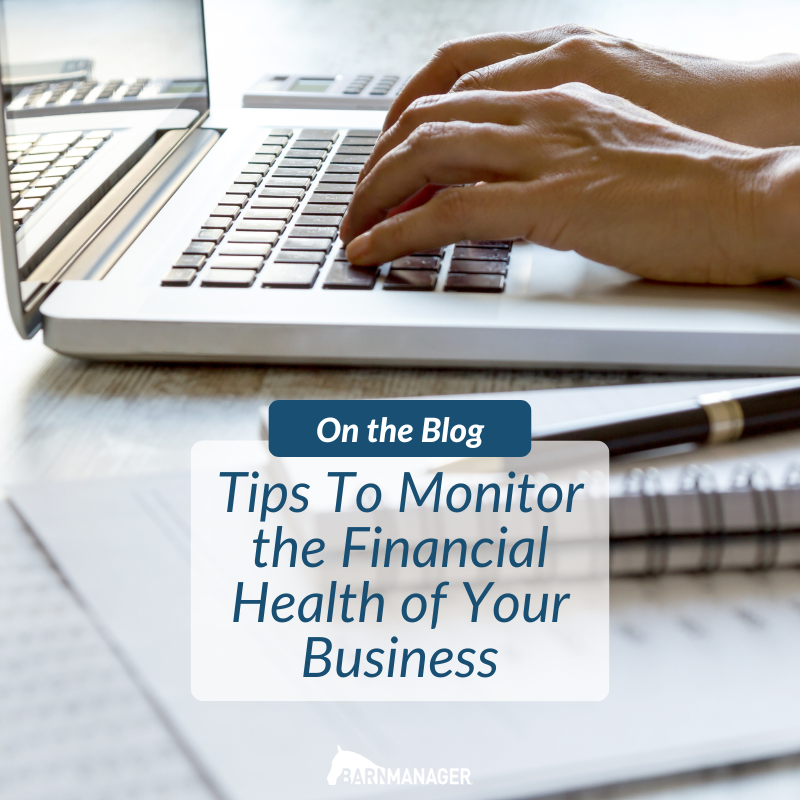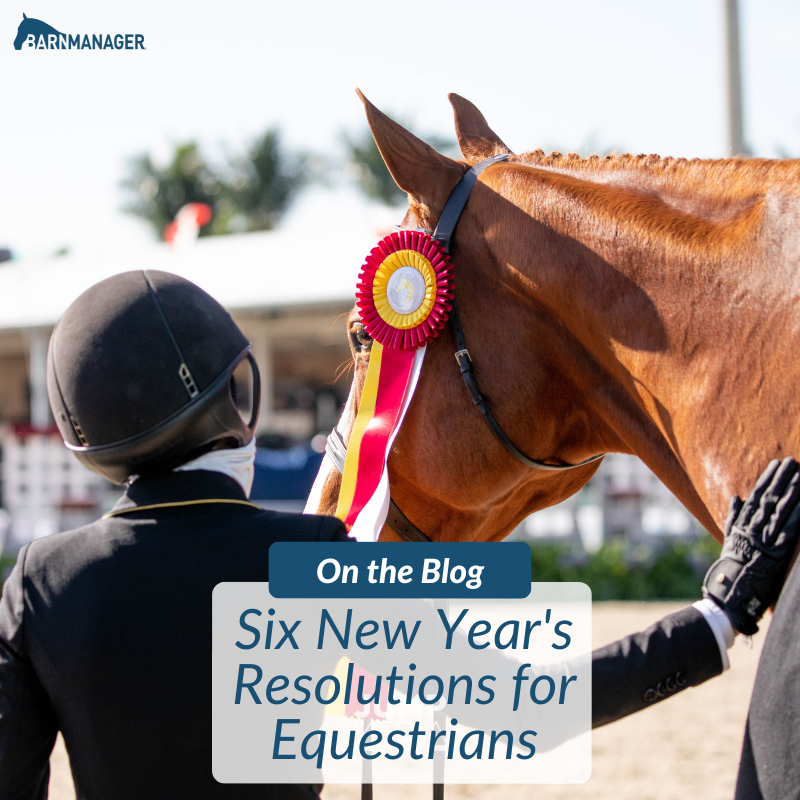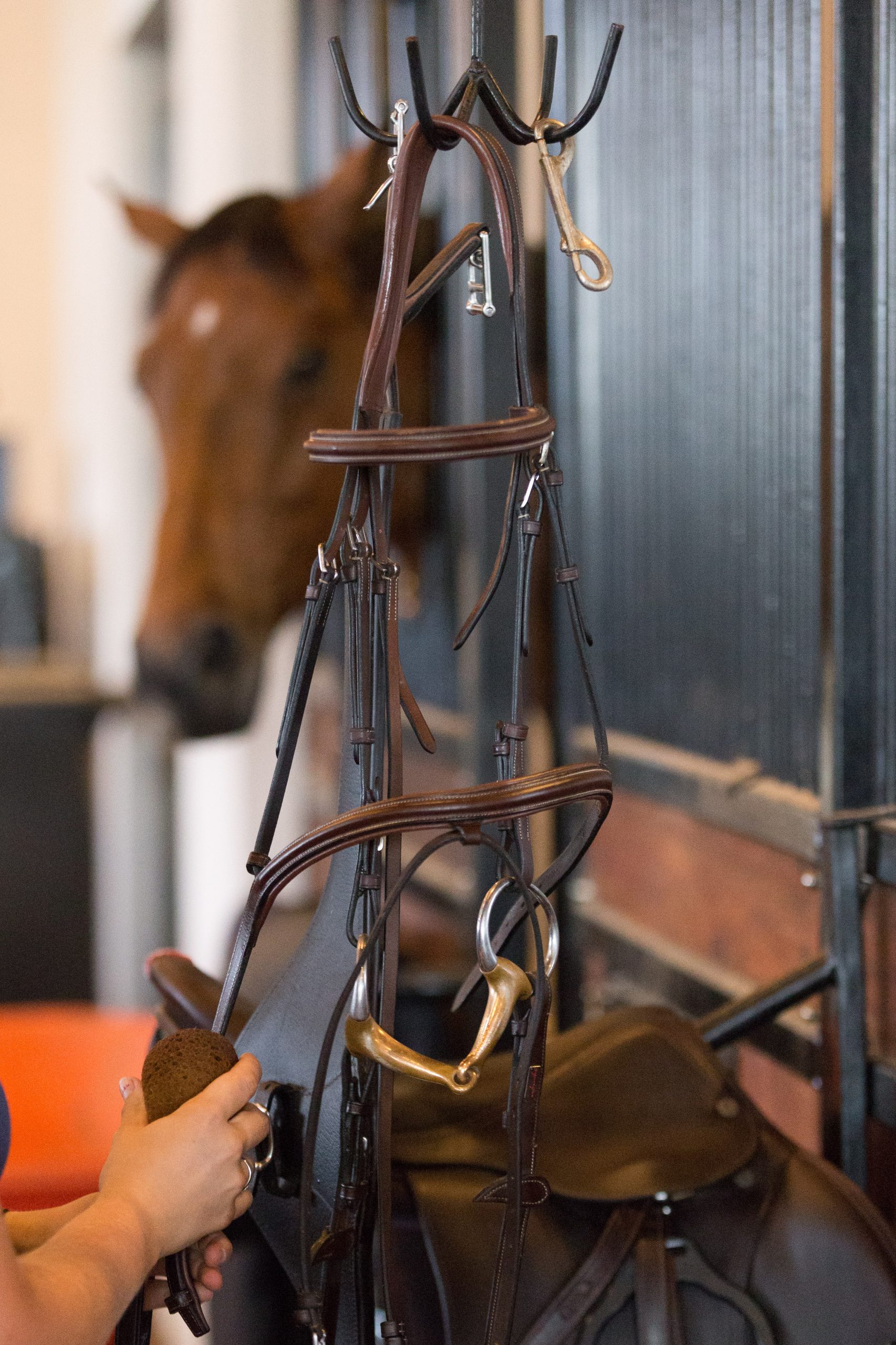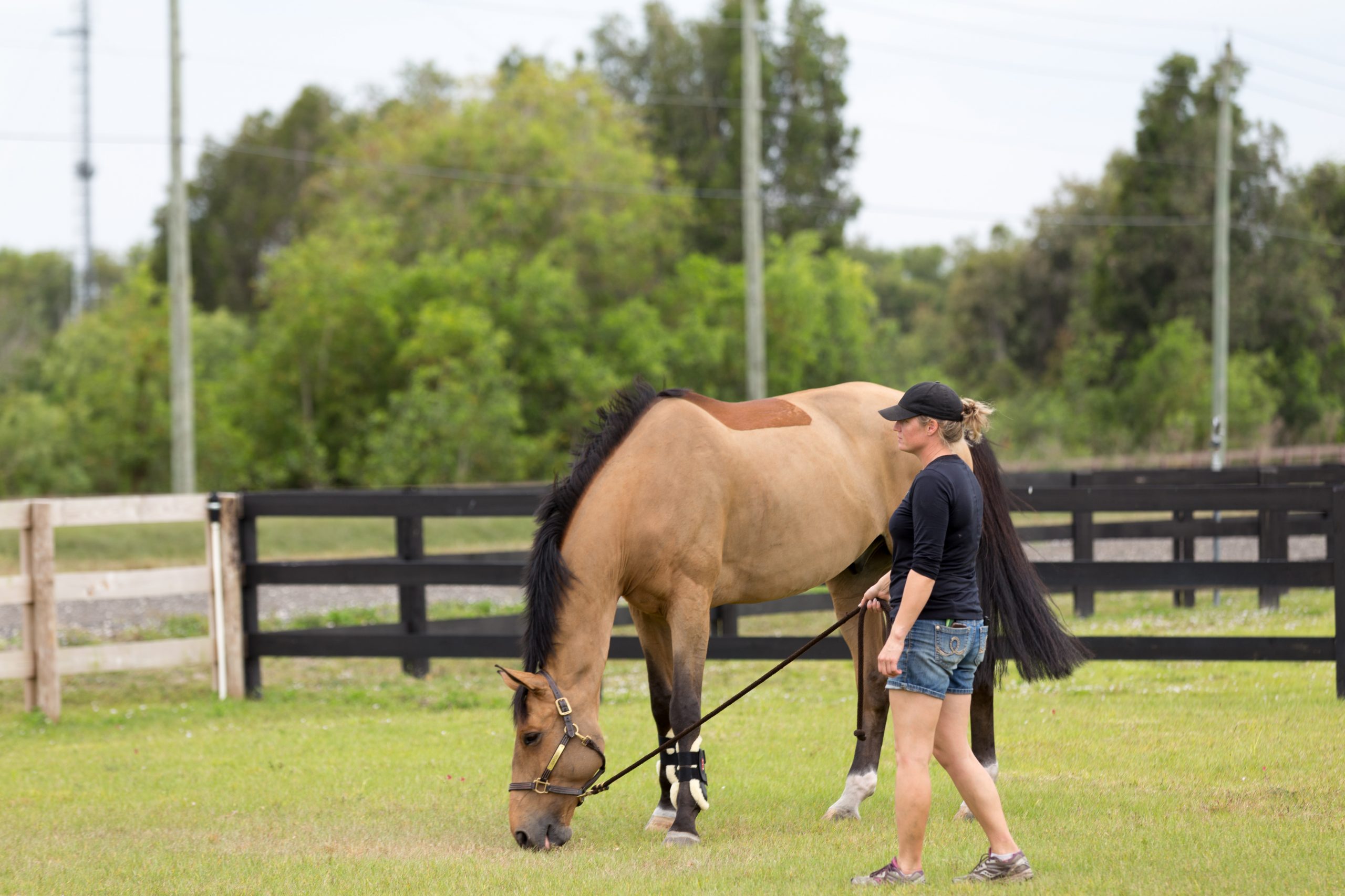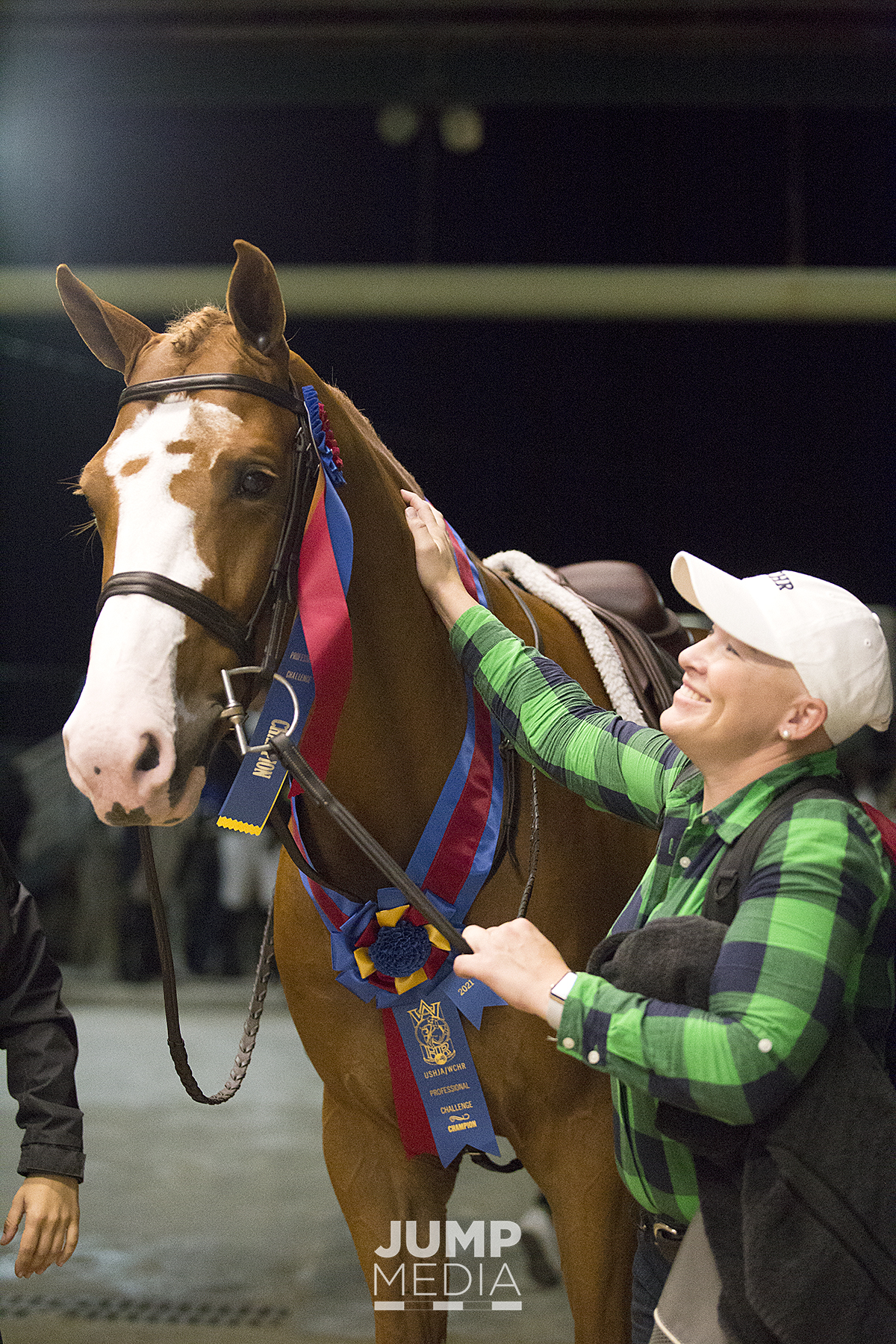Spring is a favorite time of year for many equestrians, especially those who spend the winter in a colder climate. Before the season is in full bloom, complete these tasks to help ensure a successful rest of the year. Continue reading to learn about BarnManager’s spring checklist.
Finalize Your Summer Show Plans
The early spring is a great time to nail down your barn’s summer show schedule. There are numerous steps in finalizing a show schedule, especially if your barn plans to travel a lot. First, create a list of events with your employees and send it to clients for their input on which shows work with their schedule. Begin this task early so clients have time to confirm which shows they want to attend. Once you have a solid list of who is going to each event, start working on filling out entries, coordinating shipping, and booking hotels. Entries are often due at least a month in advance, and sometimes hotel rooms can be hard to find. Starting this process ahead of time will prevent the challenges of making last-minute arrangements.
(Did you know? Users can add their show schedule to BarnManager’s calendar feature and share it with all clients and employees.)
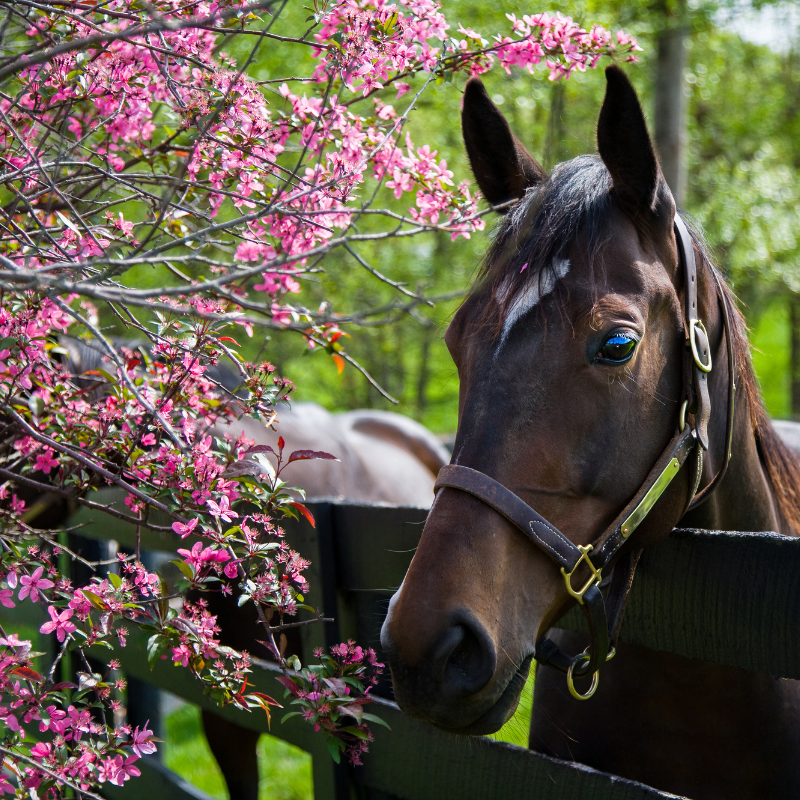
Schedule Vaccines
Many farms vaccinate horses in the spring and fall. When scheduling a time to set up vaccinations with your vet, it is important to consider your upcoming schedule. For example, horses need a couple of days between being vaccinated and shipping or competing. Planning ahead and talking with your veterinarians about the best time to give vaccines based on your upcoming show schedule is crucial.
Take on Spring Cleaning Jobs
Everyone knows spring is the perfect time to deep clean your barn. Consider doing tasks such as cleaning all brushes, re-organizing your tack room and feed room, washing and storing winter blankets, and scrubbing dirty equipment. It is also a good time to walk through your paddocks to see how they weathered the snow, ice, and mud. Be sure to check for broken boards, dangerous-looking gates, giant rocks, or large holes.
Click HERE to read about spring cleaning jobs that are often overlooked.
Go Through Paperwork
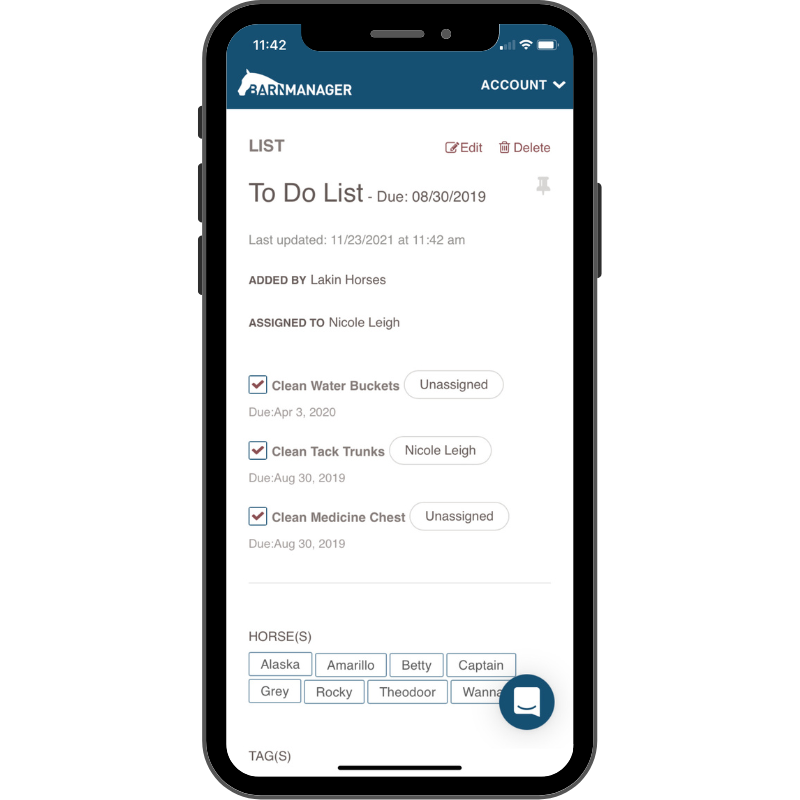
As a new show season approaches, take time to double-check that all of your record-keeping is correct. Make sure all paperwork is up to date and in the correct spot. Take note of any missing or old documents that need to be updated for the upcoming show season. For example, if you notice that certain horses need new Coggins papers, make a list and schedule the vet before they expire.
In addition to paperwork, also make sure all checklists for routine barn chores and packing for horse shows are up to date. If you received a new horse during the winter, make sure their equipment is included in the packing list. Similarly, while you were spring cleaning you may have thought of another task to add to the daily chore list for employees. Although these lists don’t change drastically, taking a moment to ensure they are correct will help make the rest of the season run smoothly for everyone.
(Did you know? BarnManager allows users to upload documents and organize paperwork for easy access. Users can also create and edit checklists that can be shared with all employees.)
Although things can start to get busy in the spring, it is also a great time tackle a few important tasks so you are ready to take on the rest of the year.
Have questions about utilizing BarnManager or want to give it a try for yourself? Request a live demo here!
